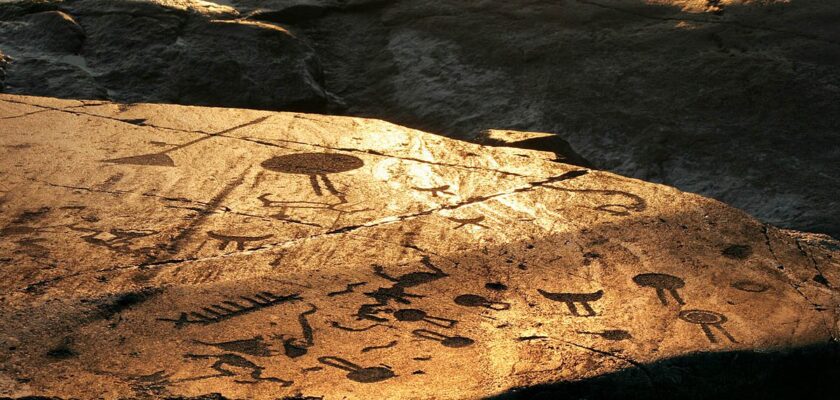Petroglyphs of Karelia (Onega petroglyphs)
Petroglyphs of Karelia are ancient rock paintings carved on flat stones on the eastern shore of Lake Onega. The stone images are of great scientific and artistic value and are monuments of monumental art of the primitive epoch. In them one can notice the influence of the material and immaterial world on the life of ancient man.
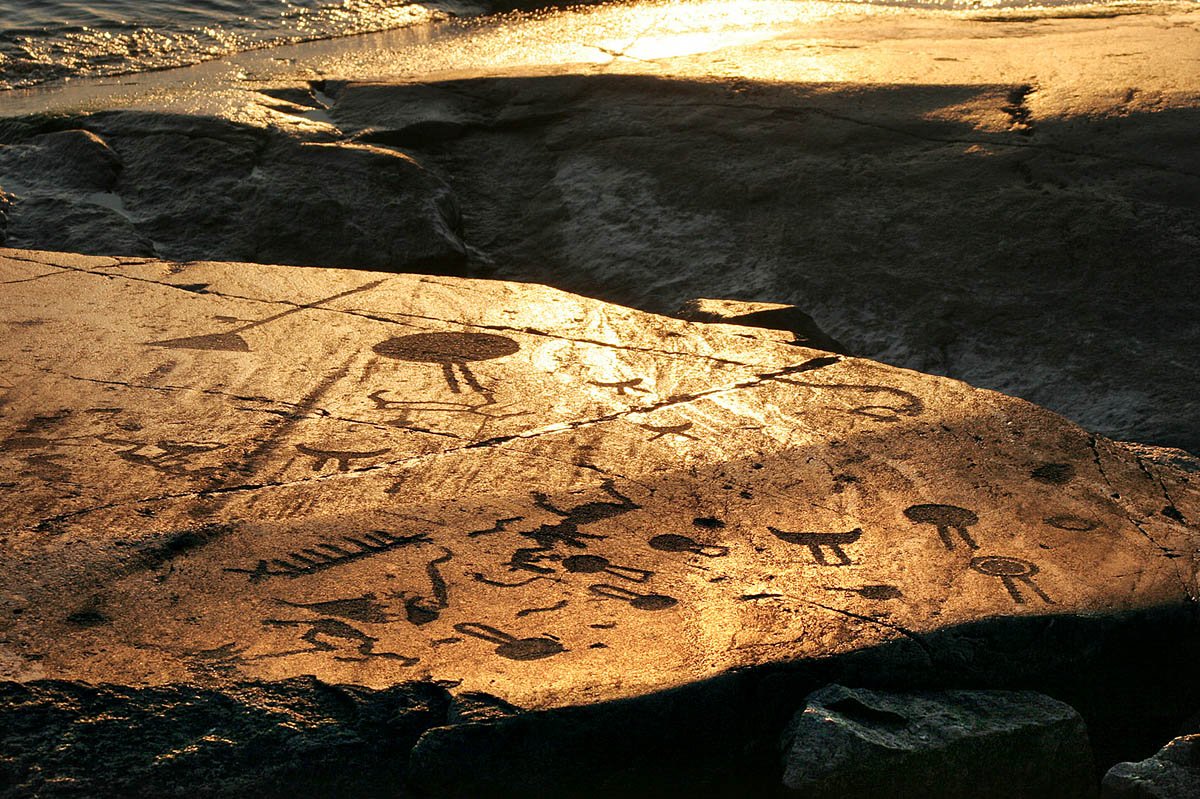
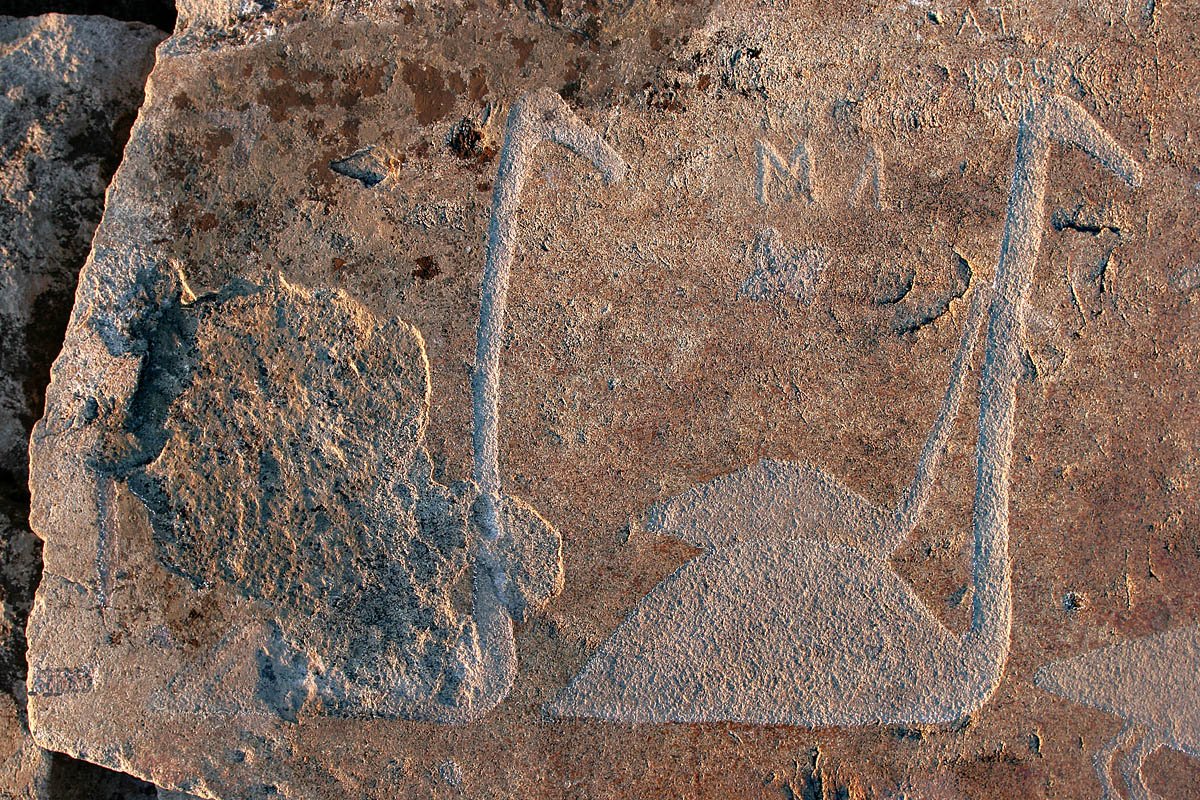
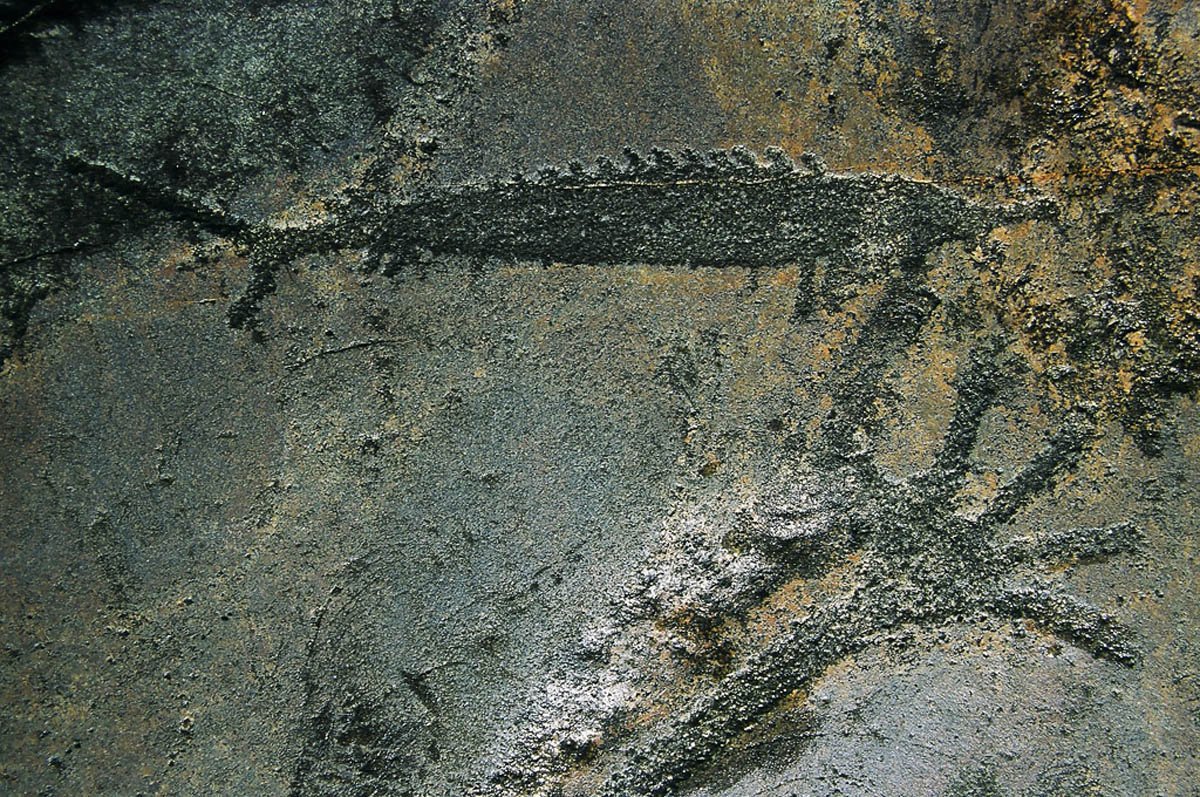
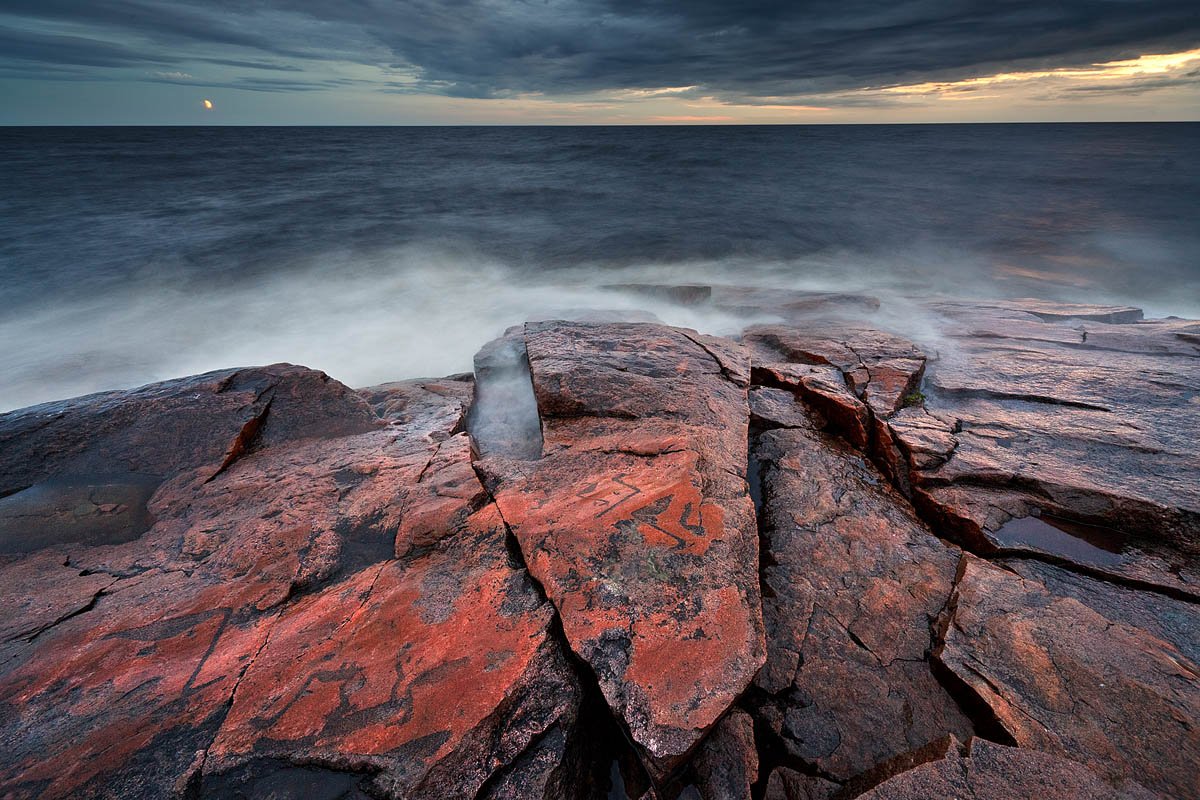
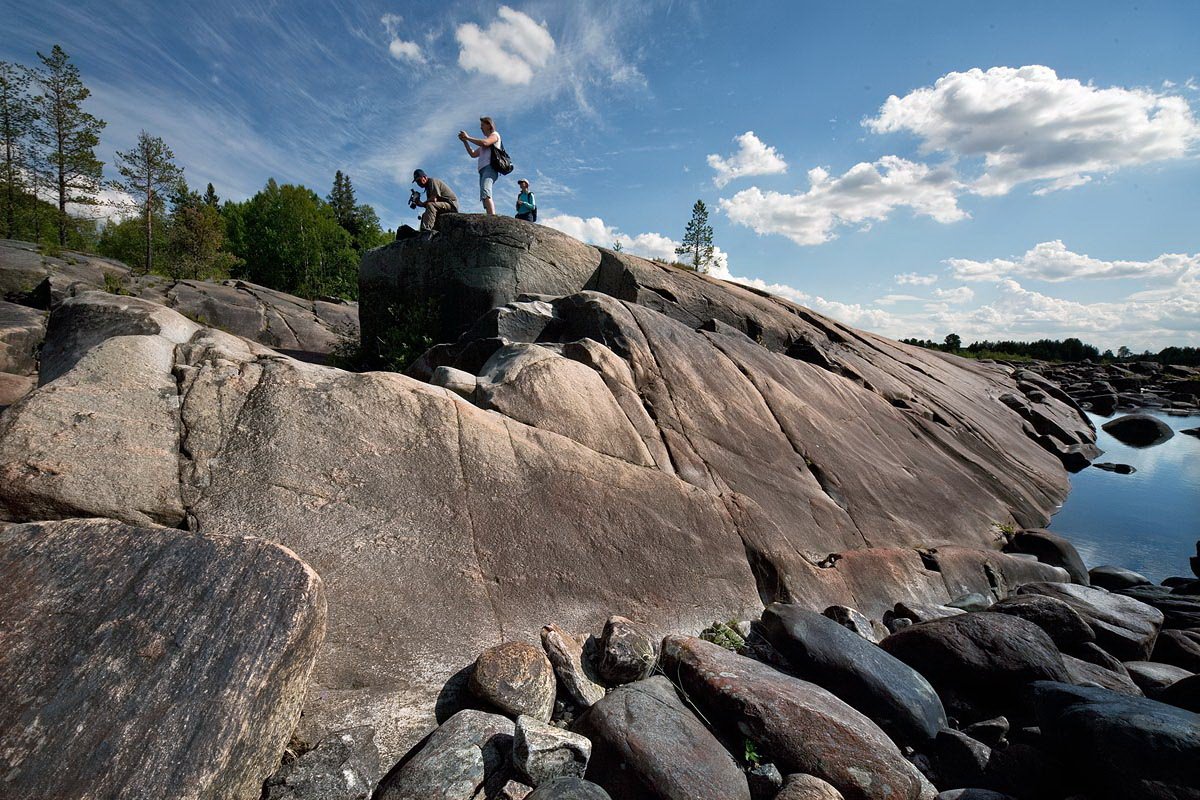
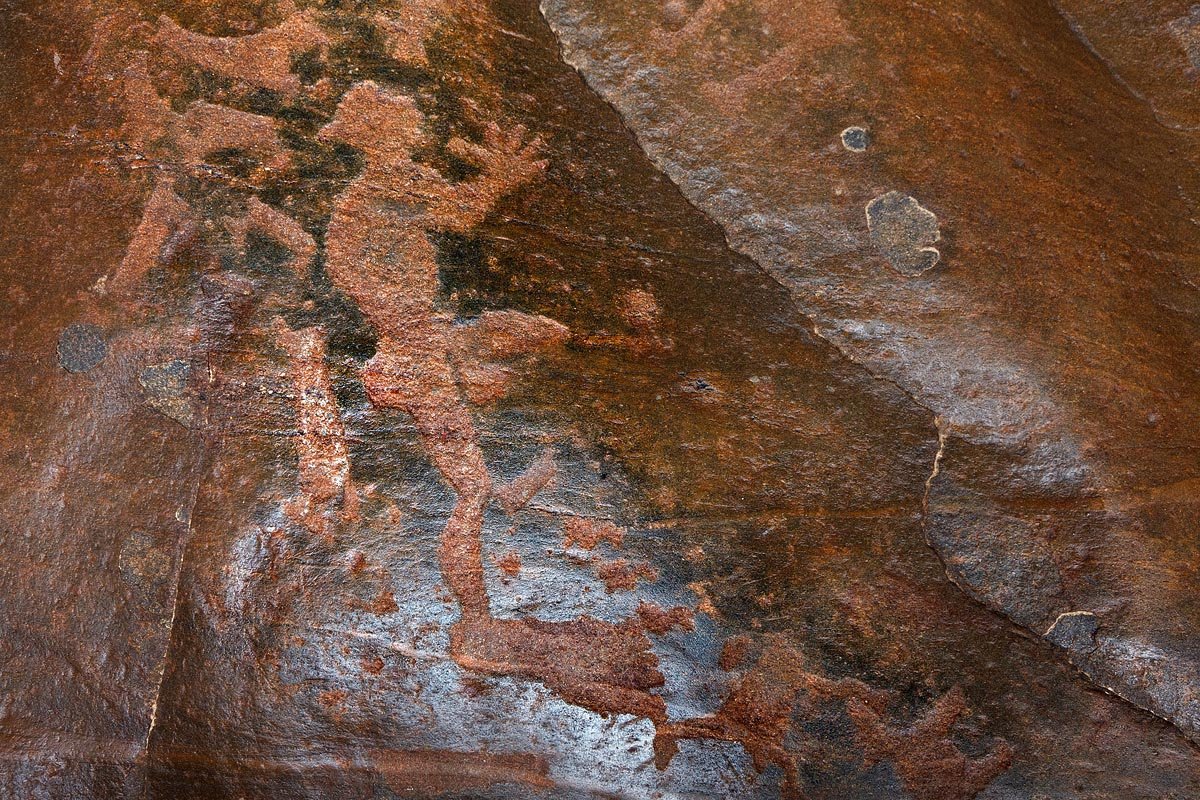
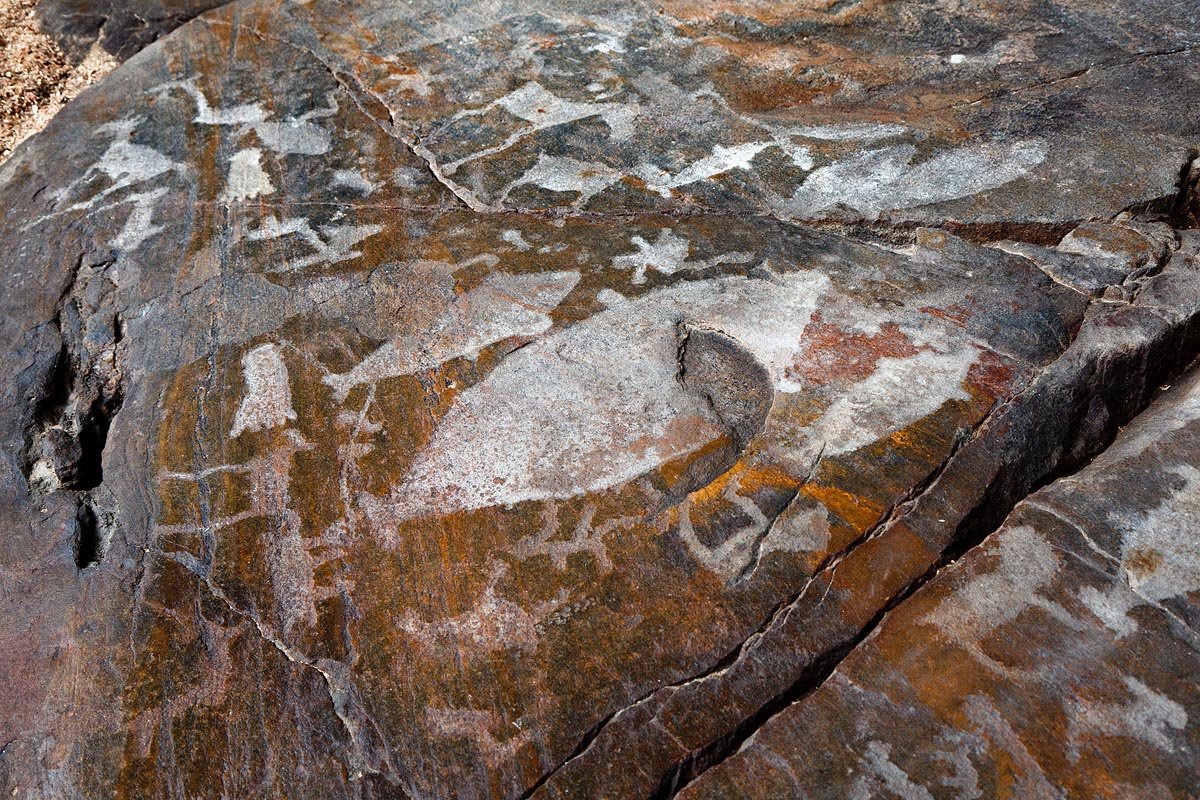
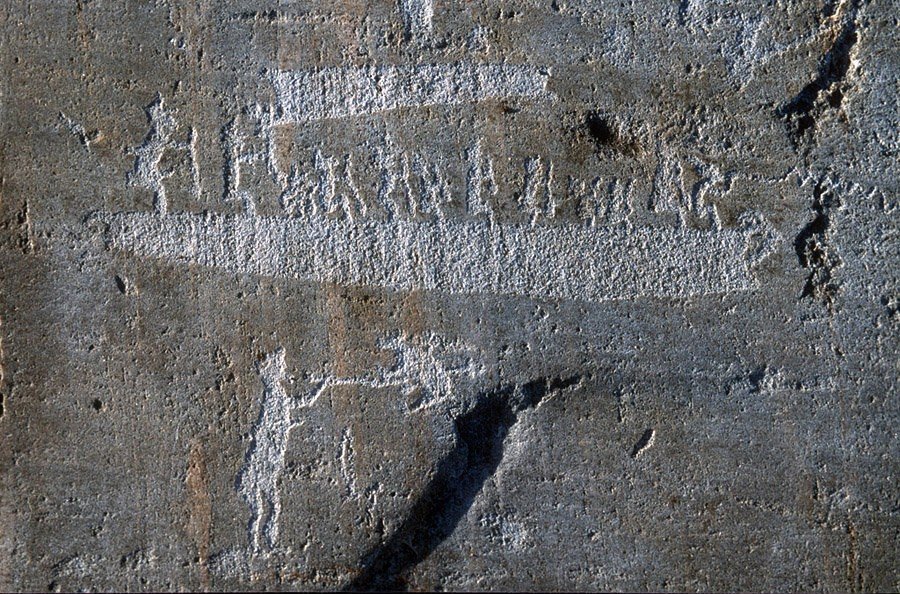
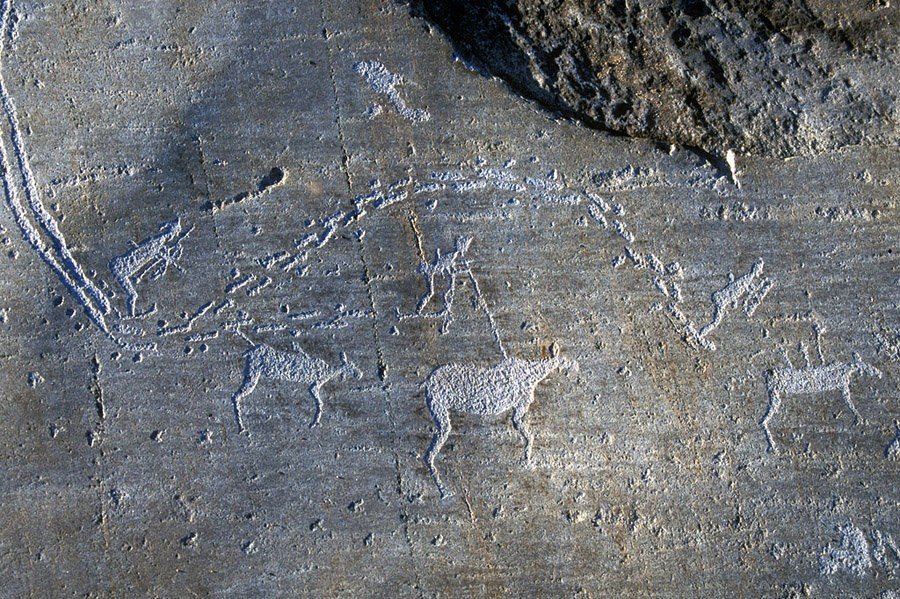
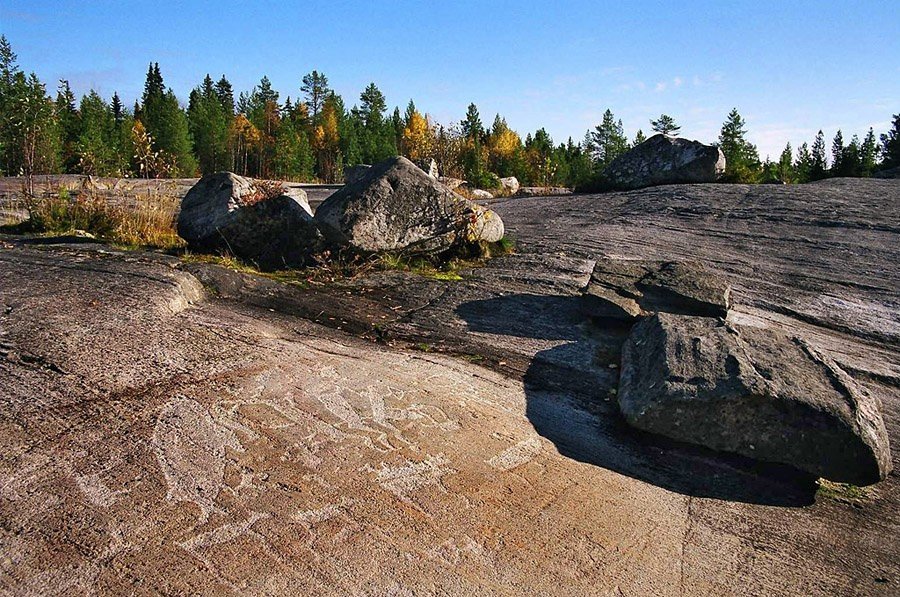
Video: Petroglyphs of Karelia
Contents- Highlights
- Cape Besov Nos
- Other groups of petroglyphs on Onega
- Useful information for tourists
- How to get there
Highlights
Nowadays, unique rock paintings are protected by the state. The territory of Cape Besov Nos has the status of a natural and historical reserve. In addition, the petroglyphs of Karelia are included in the UNESCO World Heritage List.
The exact dates when the stone drawings were created are unknown. It is impossible to determine them by radiocarbon analysis, because the stones are devoid of organics. According to the assumption of scientists, petroglyphs of Karelia could appear in IV-III millennia BC. More precise dating is very difficult.
.Onega petroglyphs are very popular with tourists. You can get to them only in the warm season, after the end of the spring flood. Visiting the archaeological monument is free of charge.
.Cape Besov Nos
In the mid-19th century, petroglyphs were found on the Onega River, located on the granite shore of the picturesque Cape Besov Nos. The stone depicts a man looking upward. Its dimensions are quite large – 2.3 meters. It is believed that the figure was carved on the rock about 5 thousand years ago. It has a rectangular, almost square head, small rounded eyes, hands with spread fingers and short twisted legs. Vertically, the petroglyph is dissected by a crack.
.The locals never worshipped the image and considered it a demonic omen. This is evidenced by the name of the cape and the nearby village – “Besov Nos”. To affirm their faith, in the XV century monks of the local Murom Holy Dormition Monastery carved a Christian cross on top of the ancient petroglyph..
To the right of the “demon” is an image of a “fish”, most likely a catfish or burbot. Giant drawing more than 2.5 meters in height leaves a strong impression. The “fish” is longer than the “demon”, but at first glance the difference in size is imperceptible. To the left of the “demon” one can see the figure of an “otter” or “lizard” about 1.5 m high. This group of petroglyphs was called “triads”.
.After the advent of Soviet power, the attitude to stone drawings changed. The first scientific study of the petroglyphs of Karelia was conducted. Regular expeditions continue even today. From year to year archaeologists and historians from Russia and Scandinavian countries work on Besovy Nos.
.Other groups of petroglyphs on Onega
Onega petroglyphs are located on the stretch of coast between the mouths of the Chernaya and Vodla rivers. They can be seen on Guri Island, capes Peri Nos, Kladovets and Gagazhii, on the Kochkonnavolok peninsula and Karetsky Nos. At a distance of 20.5 km, 24 groups of ancient images are concentrated: 1200 figures and signs up to 4 meters high.
.The stones mostly depict birds, forest animals, snakes, fish, boats and human figures. There are also solar and lunar signs. The figures are carved on the coastal rocks with grooves 1 to 4 millimeters deep and are located at a distance of about 1-2.5 meters from the water’s edge. It is noteworthy that the figures are located freely, without being attached to any natural objects.
.Useful information for tourists
The archaeological complex with Onega petroglyphs is located in one of the most picturesque places in Karelia. There are many beautiful pine forests, beaches and rocks. The best time to visit Besov Nos is from May to September.
.Looking for Onega petroglyphs on your own is difficult, as there are no good access roads to them. For this reason, most tourists prefer to hire locals as guides, who know the roads and trails to the places with petroglyphs.
.
Besov Nos protrudes into Lake Onega at 750 meters and stands out prominently on the shore. It serves as a good reference point for the participants of the annual Onega regatta, who cross the entire Onega on yachts. It is no coincidence that a lighthouse visible from afar is installed at the tip of the cape.
.The area near the mouth of the Chernaya River is partially landscaped. There are paved hiking trails, there are signs and information boards. Experienced travelers advise to examine petroglyphs at sunset or early morning. At this time drawings on the stones are more visible.
.How to get there
Onega petroglyphs are located 1.5 kilometers north of the mouth of the Chernaya River, in the Pudozhsky District of Karelia. At the Water Station in Petrozavodsk, tourists board the Meteor and sail to the village of Shalsky. Here you can hire a boat to the Karelian petroglyphs from the locals. The distance from Shalsky to Besov Nos is about 10 km.
.To get to the petroglyphs of Karelia by land will only be possible on an off-road vehicle. You need to drive to them through the district center of Pudozh, the village of Karashevo and then along the dirt road, laid along the valley of the Black River.
.
